Key Elements of Good Modern Logo and Brand Development
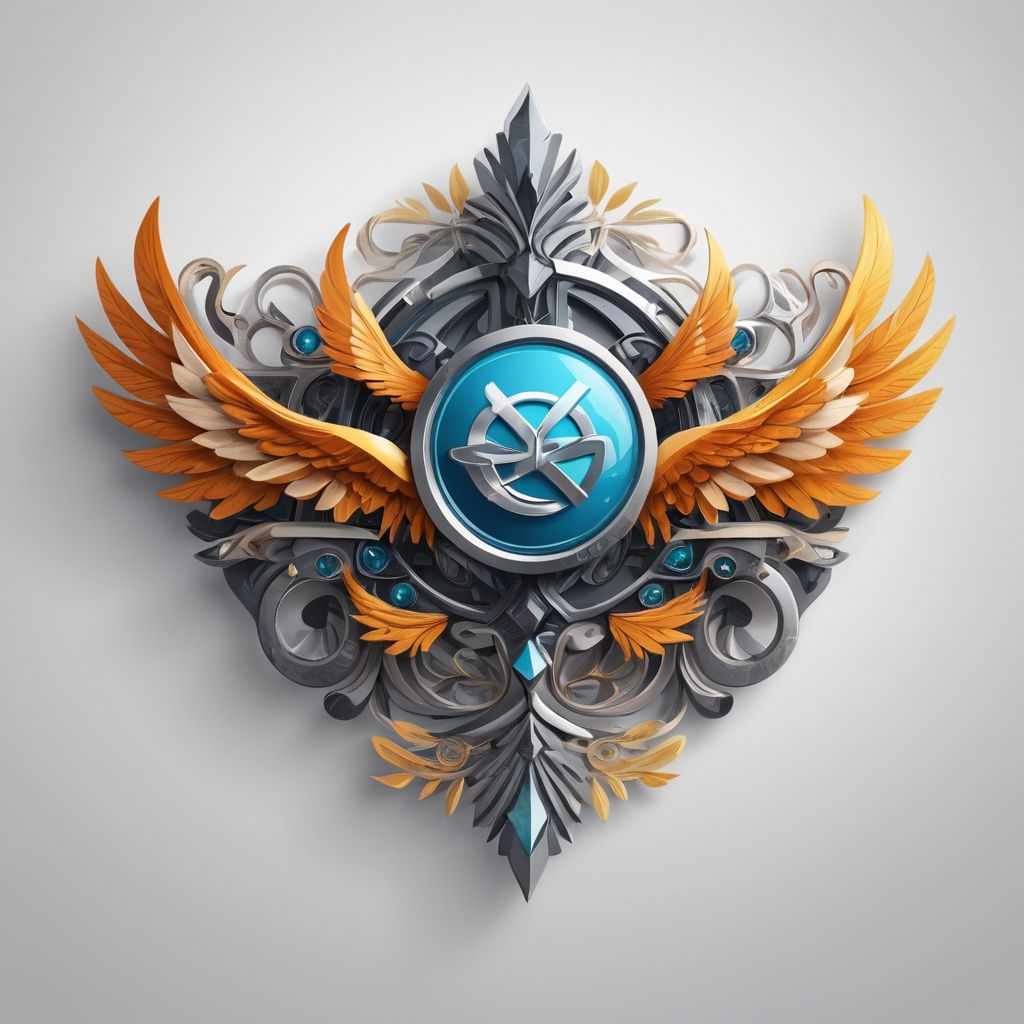
A good modern logo design should be simple, scalable, unique, and timeless, effectively communicating a brand’s identity and values through thoughtful typography, colour, and storytelling. It should be versatile enough to be used across various platforms, including websites, business cards, product packaging, social media, and signage, while remaining sensitive to cultural differences and avoiding trendy elements.
Simplicity
Simplicity is paramount in modern logo design. A simple logo is easier to recognize and remember. It avoids unnecessary complexity, ensuring the logo looks good at any size and remains clear and legible across various mediums. Simplicity allows the logo to convey its message quickly, making a lasting impression on the audience. This straightforward approach also aids in creating a versatile design that can be adapted to different applications without losing its impact.
Colour psychology is a fascinating field that explores how different colours impact human mood and behaviour:
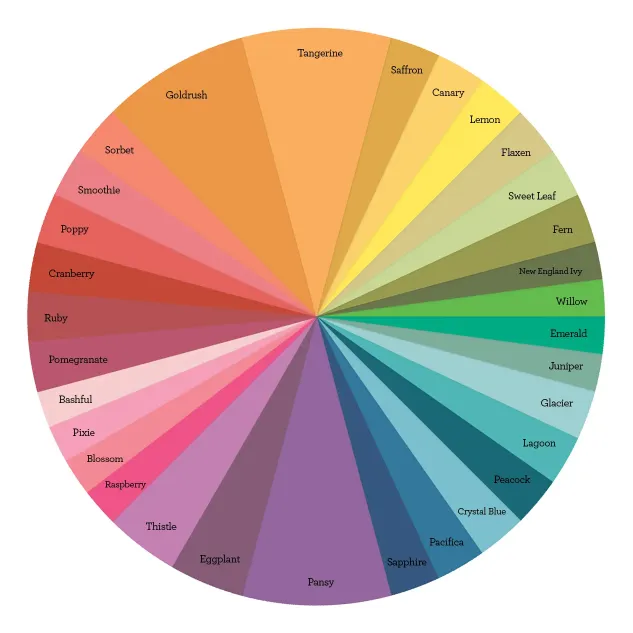
- Meanings of Colors:
- Red: Often associated with energy, passion, and excitement. It can increase heart rate and evoke strong emotions.
- Blue: Known for calmness, trust, and stability. It’s soothing and often used in healthcare settings.
- Green: Symbolizes nature, growth, and balance. It’s calming and associated with harmony.
- Yellow: Represents optimism, happiness, and creativity. It grabs attention but can be overwhelming in large amounts.
- Purple: Linked to luxury, creativity, and spirituality. It’s often used in branding.
- Orange: Energetic, warm, and attention-grabbing. Commonly seen in food and retail.
- Black: Conveys sophistication, mystery, and authority. It’s timeless but can be heavy.
- White: Symbolizes purity, simplicity, and cleanliness. Used in minimalist design.
- Pink: Associated with femininity, love, and playfulness. It’s gentle and calming.
- Brown: Earthy, reliable, and stable. Often seen in natural products.
- Emotional Reactions to Color:
- Personal Preference: Our individual experiences and cultural backgrounds shape how we perceive colours.
- Age and Gender: Preferences can vary based on age and gender.
- Cultural Differences: Colors have different meanings across cultures (e.g., red symbolizes luck in China but danger in Western contexts).
- Using Colors Purposefully:
- Marketing: Brands choose colours strategically to evoke specific emotions (e.g., fast-food chains use red and yellow to stimulate appetite).
- Interior Design: Room colours impact mood (e.g., calming blues in bedrooms).
- Safety and Well-Being: Colors can enhance safety (e.g., high-visibility yellow in construction zones).
Remember, colour is more than aesthetics—it’s a powerful tool that influences our feelings and decisions.
Versatility
A versatile logo functions effectively across a wide range of contexts, whether on a business card or a billboard. It should look good in both color and black-and-white, and maintain its integrity and recognizability on various backgrounds and mediums. This versatility ensures that the logo can be consistently used across all brand touchpoints, from print materials to digital platforms, reinforcing brand identity and recognition.
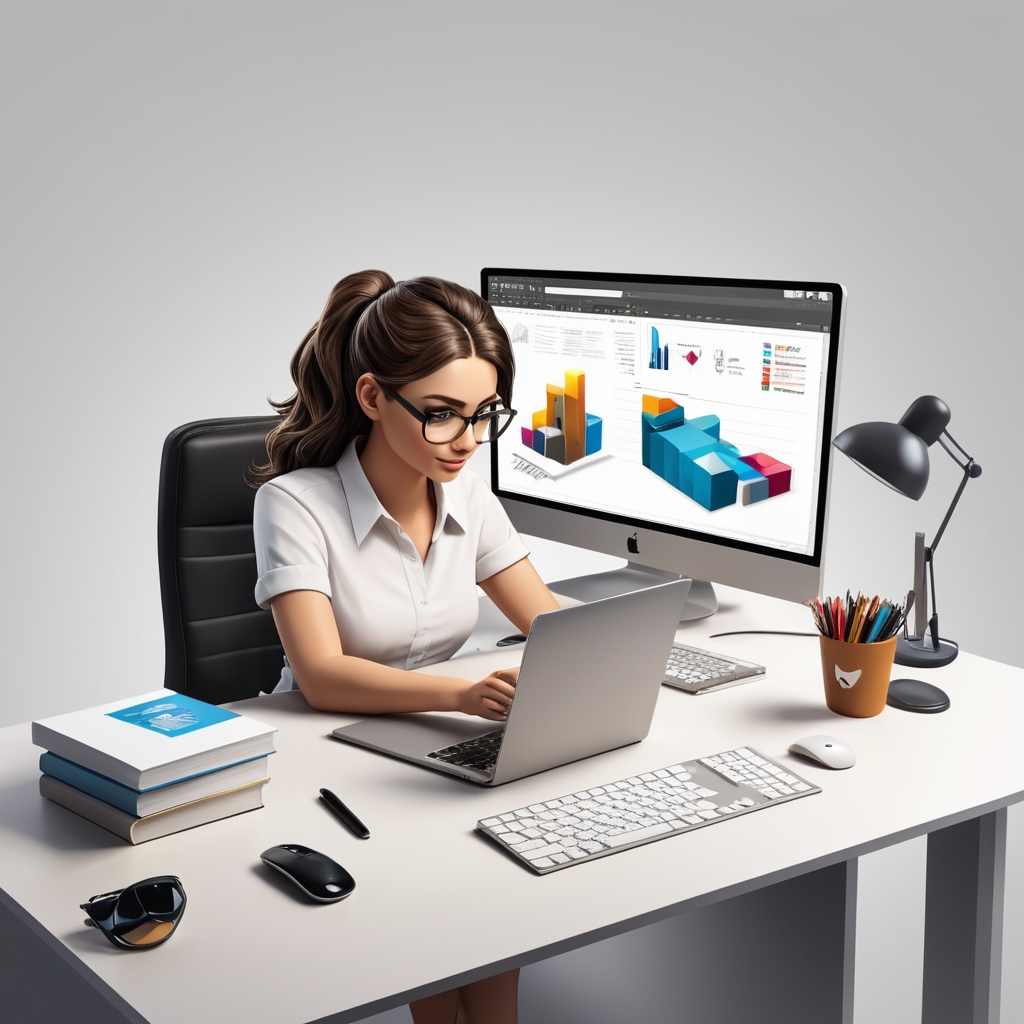
Relevance
The design of a logo should be relevant to the brand’s identity and values. It must resonate with the intended audience, reflecting the essence of the brand. Relevance can be achieved through the use of appropriate symbols, colours, and typography that align with the brand’s message and industry. A relevant logo helps in building a strong connection with the target audience, fostering brand loyalty and trust.
Memorability
A memorable logo leaves a lasting impression. Distinctive and unique design elements contribute to its memorability, ensuring that the logo stands out in the minds of consumers. This can be achieved through clever use of shapes, colours, and typography that are not only visually appealing but also capture the essence of the brand in a way that is easily recalled.
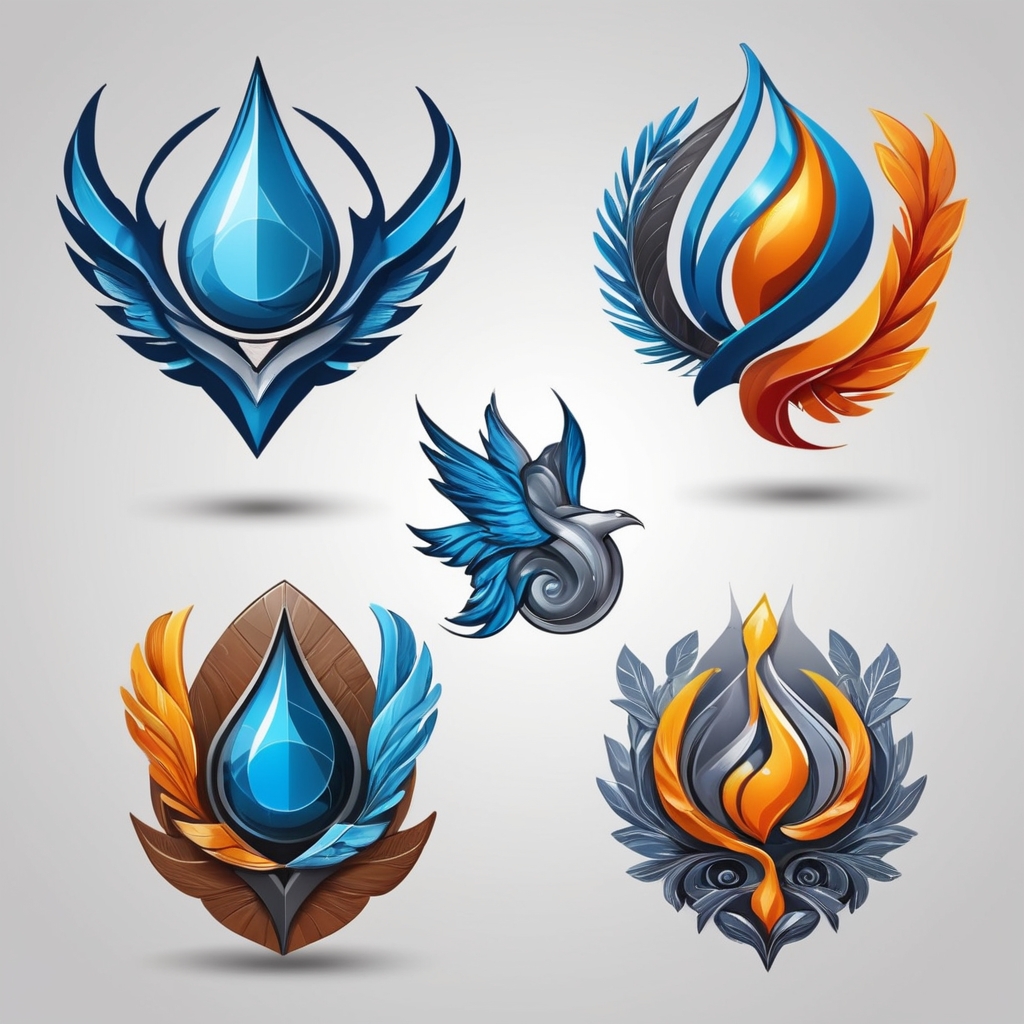
Timelessness
A great logo design possesses a timeless quality, avoiding trends that may fade over time. It aims for longevity, remaining relevant and effective for many years. Timeless logos focus on classic design principles, ensuring they do not look outdated quickly. This approach saves the brand from frequent redesigns, maintaining consistency in brand identity.
Balance and Proportion
Balance and proportion are crucial in creating a harmonious logo. The elements within the logo should be well-balanced and proportionate to achieve an aesthetically pleasing design. Proper balance ensures that no part of the logo overpowers the other, creating a cohesive and unified look that is visually satisfying and effective in communicating the brand’s message.
Colour
Color plays a significant role in logo design, evoking emotions and conveying messages. The chosen colors should be consistent with the brand’s identity and message. It’s important to consider how the colors will appear in different mediums and ensure they maintain their impact. Thoughtful use of colour can enhance the logo’s appeal and effectiveness, making it more engaging and memorable.
Typography
Typography is a key element in logo design. The chosen fonts should be legible and align with the brand’s personality. Sans serif fonts are often preferred for their clean and modern look. The typography should complement the overall design, adding to the logo’s uniqueness and memorability. Proper font selection can enhance the logo’s clarity and impact, making it more effective in communicating the brand’s message.

Negative Space
Clever use of negative space can add depth and meaning to a logo. It involves creating shapes or symbols within the empty spaces of the design, adding an extra layer of interest and memorability. This technique can make the logo more engaging and visually appealing, while also conveying additional information or symbolism related to the brand.
Graphic Element
Insofar as the graphic elements are concerned, modern trends will be iconic (eg. geometric shapes or iconic symbols, such as a yin-yang derivation), in solid 2D and simply rendered. Two colours at most. Avoid gradient shading, 3D effects and intricate detail. The graphic should be able to stand on its own, free of the text component, An example would be the Mercedes Benz three-point star – recognizable without the wording. In addition, the graphic should trigger subliminal recognition in internet contexts where users’ attention is seldom wholly on what they are presented with, and scan-reading has become the norm.
Applications of Logo and Branding
Websites and Blogs
Displaying your logo on your website or blog helps visitors associate your content with your brand. It serves as a constant reminder of your brand identity, reinforcing recognition and trust. The logo’s presence on digital platforms ensures that your brand is consistently represented online.
Business Cards
Including your logo on business cards adds a professional touch and helps in networking. It makes your card memorable and ensures that recipients can easily associate it with your brand. A well-designed logo on a business card enhances its visual appeal and effectiveness in leaving a lasting impression.
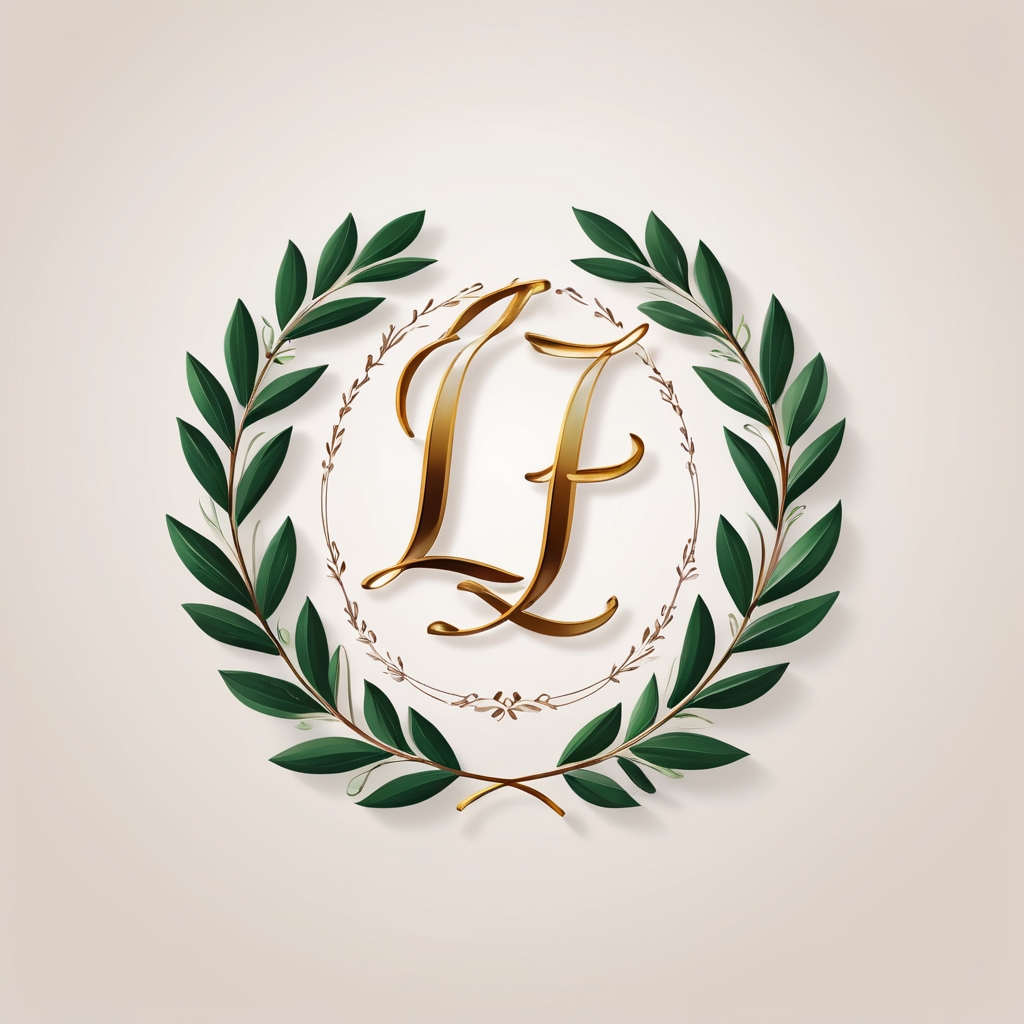
Product Packaging
Logos on packaging make your products easily identifiable and enhance the unboxing experience. They help distinguish your products from competitors and build brand recognition. Attractive packaging with a prominent logo can also influence purchasing decisions, making your products more appealing to consumers.
Social Media
Using your logo as profile pictures or in posts helps maintain a consistent brand image across platforms. It reinforces brand identity and recognition among followers and potential customers. Consistent use of the logo on social media ensures that your brand remains visible and memorable in the digital space.
Emails and Letters
Adding your logo to email signatures and letterheads reinforces your brand in communications. It adds a professional touch and ensures that all correspondence reflects your brand identity. This consistent use of the logo helps in building trust and recognition among recipients.
Signage
Physical signs with your logo can attract attention and make your business location easily recognizable. They serve as powerful tools for branding, ensuring that your business stands out in its physical environment. Effective signage with a well-designed logo can draw customers and enhance your brand’s visibility.
Promotional Materials
Logos can be placed on promotional items like pens, mugs, and notepads to increase brand visibility. These items serve as constant reminders of your brand, reinforcing recognition and loyalty among customers. Promotional materials with your logo can also help in reaching a wider audience and creating a lasting impression.
Vehicles
Some companies use their logos on their vehicles for additional advertising and brand recognition. This mobile branding approach ensures that your logo is seen by a broad audience as the vehicles move around. It enhances visibility and reinforces brand identity in a dynamic and impactful way.
Apparel
Logos can be printed on uniforms, t-shirts, caps, and other clothing items to promote the brand. This approach helps in creating a cohesive look and reinforcing brand identity among employees and customers. Branded apparel can also serve as walking advertisements, increasing brand visibility and recognition.
Events and Promotions
Using your logo on event banners, promotional materials, and merchandise increases brand visibility. It ensures that your brand is consistently represented in various settings, enhancing recognition and trust. Effective use of the logo in events and promotions can attract attention and leave a lasting impression on attendees.
Digital Presence
On social media profiles, email signatures, and mobile apps, the logo ensures consistent brand representation online. It enhances recognition and trust among digital audiences, ensuring that your brand remains visible and memorable. A strong digital presence with a well-designed logo can significantly impact brand perception and engagement.
Advertising
Logos can be used in digital and print advertisements, billboards, and commercials to increase brand recognition. They ensure that your brand is consistently represented in all marketing efforts, enhancing visibility and effectiveness. Well-designed logos in advertising can attract attention and reinforce brand identity, making your campaigns more impactful.
In conclusion, a well-designed logo is a crucial element in branding, serving as a visual representation of the brand’s identity and values. By incorporating key elements such as simplicity, versatility, relevance, memorability, timelessness, balance, colour, typography, and clever use of negative space, a logo can effectively communicate the brand’s message and leave a lasting impression. Its application across various mediums and contexts ensures consistent brand representation, enhancing recognition and trust among audiences.
Summary
A good modern logo design should incorporate several key elements, including:
- Simplicity: A simple design that is easy to recognize and remember.
- Scalability: A logo that looks good in various sizes and resolutions.
- Uniqueness: A distinctive logo that stands out from the crowd.
- Typography: Effective use of typography, including font choice and arrangement.
- Colour: Appropriate colour selection that resonates with the brand’s message and target audience.
- Storytelling: A logo that tells a story or conveys a message about the brand’s values and purpose.
- Flexibility: A logo that works well in various formats, such as horizontal, vertical, and icon-only versions.
- Cultural Relevance: A logo that is sensitive to different cultures and avoids offensive or insensitive imagery.
- Timelessness: A logo that remains effective and relevant over time, avoiding trendy design elements.
A logo can be used in various places, including:
- Websites and blogs
- Business cards
- Product packaging
- Social media
- Emails and letters
- Signage
- Business stationery
- Invoices
- In-store display stands
- Shop banners and signs
- Gift vouchers
By incorporating these elements and considering the various uses of a logo, a design can effectively represent a brand’s identity and values, making it a valuable asset for any business or organisation.

